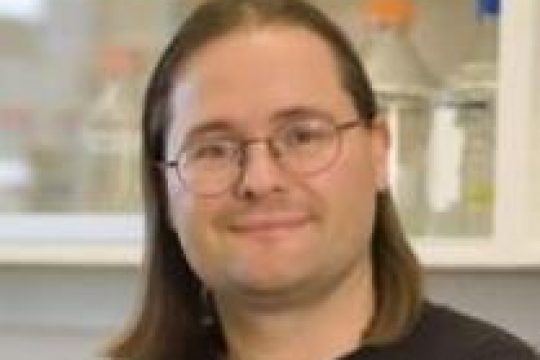Auditory hair cells, located in the inner ear cochlea are critical for our ability to detect sound. In mammals, neural innervated hair cells come in two flavors: inner hair cells, which are our primary mechanoreceptor and relay sound information...
The focus of our research is to identify mechanisms of protein synthesis-dependent neuronal plasticity. The approach uses differential cloning techniques to identify mRNAs that are rapidly induced in neurons by synaptic activity. Classical studies established that rapid, de novo...
My laboratory focuses on developing novel single-molecule imaging tools in live cells to probe various dynamic aspects of cellular processes. We develop single-molecule gene expression reporting systems and chromosomal DNA conformation markers to probe the dynamics of gene regulation...
Our laboratory is interested in the area of sensory transduction: specifically visual and olfactory transductions, which are the processes by which the senses of vision and olfaction are initiated. These two processes have interesting similarities and differences. Vision can...
The overarching goal of our laboratory is to characterize a novel endogenous protective signaling network of mammalian cells and tissues to provide insight into the molecular mechanisms underlying disease and to highlight novel therapeutic avenues. Cells and tissues respond...
Fueled by the fast-growing DNA sequence information, proteomics-the large-scale analysis of proteins-has become one of the most important disciplines to characterize protein activities and provide insight into functional network between protein molecules in a high-throughput format. More and more...
The research group is a laboratory focused on medicinal chemistry, primarily addressing diseases of neurodevelopment such as schizophrenia. Biological activity and structure-based drug design are used to drive chemistry target selection, and we are developing synthetic methods to efficiently prepare...
Research Interests: My laboratory’s research is focused on understanding how multi-subunit assemblies use ATP for overcoming topological challenges within the chromosome and controlling the flow of genetic information. We are particularly interested in developing mechanistic models that explain how...
The vertebrate central nervous system (CNS) is an amazingly complex structure composed of distinct subtypes of neurons and glia. Our lab aims to identify the molecular mechanisms that control the generation of the major cell types of the vertebrate...
Our research takes a bottom-up approach to understanding how the neural circuits of this massively interconnected network of neurons are functionally organized and how dysfunction in these circuits contributes to neurodegenerative diseases like amyotrophic lateral sclerosis and neuropsychiatric disorders...










